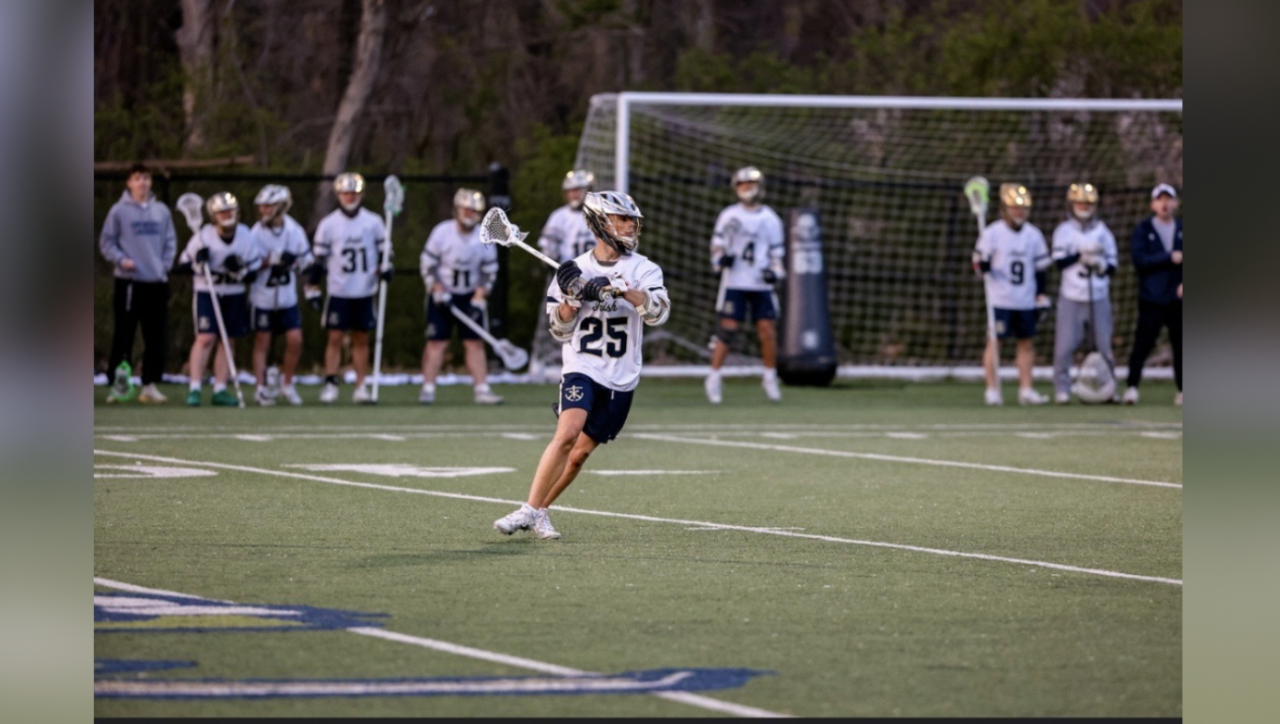CARMEL — Lifelong Carmel resident Danielle Burr always dreamed of owning a home in the Lexington Farms subdivision.
Burr made that dream a reality on January 1, when she and her 11 and 16-year-old children moved into a charming three-bedroom ranch on Belmont Circle.
“As soon as I saw this listing online, I turned on the street right there and as soon as I looked and saw the tunnel of trees that were all these beautiful colors, my first thought was ‘that’s absolutely beautiful. I can’t wait to see that in the springtime," Burr said.
But her beloved landscaping is at risk of being cut down.
"It made me really sick to my stomach to think that it was that easy for them to just decide to take all these trees down," she said.
The cause of all the drama: the Callery pear tree.
You may have heard of the Bradford pear tree, which is a common type of cultivar.
The plant flowers in early spring, has abundant clusters of white flowers and can be unpleasant-smelling.
“We’re not talking about fruit trees, like the Asian pear that we actually eat, that you buy in the store. We’re talking about the ornamental trees, because that’s what they were originally bred for was their prettiness," Executive Director of SICIM, or State of Indiana Cooperative Invasives Management, Stephanie Schuck said.
The invasive species is non-native and causes harm to the local environment — not only in Indiana, but across North America.
“It could create monocultures, [meaning] they just come in, take over, and they grow outside of the normal growing range of our native vegetation. That gives them the opportunity then to take resources," Dawn Slack with the Indiana Invasives Initiative said.
The Callery pear takes resources like oxygen, water, soil, land and more away from native vegetation and spreads like wildfire.
“They’re occupying our natural spaces and they’re taking away the opportunity for our native vegetation to flourish. That’s where our problem is," Slack said.
The City of Carmel and the Lexington Farms Homeowners Association are working to eradicate the invasive species.

City spokesperson Dan McFeely tells WRTV Carmel Urban Forestry‘s plan is to remove 54 Callery pear trees from the area.
That includes the ones in front of Burr’s home.
“Nobody really asked me how I felt about it and I feel like that’s the kind of thing that should be talked about," Burr said.
WRTV reached out to the Lexington Farms HOA to ask about the controversy.
A representative declined to comment.

Burr says her frustration boils down to a lack of communication.
“I think there needs to be more conversation about it all that’s open to the public. I didn’t know anything about it. No one mentioned it to me. I haven’t lived here very long but I would love to be able to sit down and maybe talk about other options," she said. “It just seems like it was pretty cut and dry on their part and I’m really not okay with it.”
How can you tell if plants in your yard are harmful?
The Indiana Department of Natural Resources has an exhaustive list of species that can be regulated.
It’s a part of the Terrestrial Plant Rule, which went into effect in 2019 .
It designates 44 species of plants as invasive pests, meaning they’re illegal to sell, gift, barter, exchange, distribute or transport.
“If I have Honeysuckle in the corner over there, which is on the rule, also Asian Bush Honeysuckle, I manage that myself because I understand the negative impacts of it. No one is going to regulate me for that. Now, if I wanted to dig it up and sell it, then I would be regulated," Schuck said.
Right now, the Callery pear is not on the Terrestrial Plant Rule — meaning it’s legal in Indiana to have it in your yard.
Experts say that could change in the future.
-

Texans win eliminates Colts from playoffs
The Indianapolis Colts' playoff drought has reached five years after the Houston Texans defeated the Los Angeles Chargers 20-16 at SoFi Stadium on Saturday.
IFD Battalion Chief dies on his way to work
According to the IFD, Battalion Chief Barry Riddle, 62, died when he was on his way to work today. He served on the department since 1986.
What is an AVM? North side teen's survival story highlights rare brain condition
A high school senior on Indy's north side is raising awareness after suffering a rare brain condition that almost took his life.
Car chase leads to Monroe County Airport tarmac, search for suspect continues
The Monroe County Sheriff's Office is searching for a suspect in connection to a reported stolen car chase that continued onto the Monroe County Airport tarmac.



